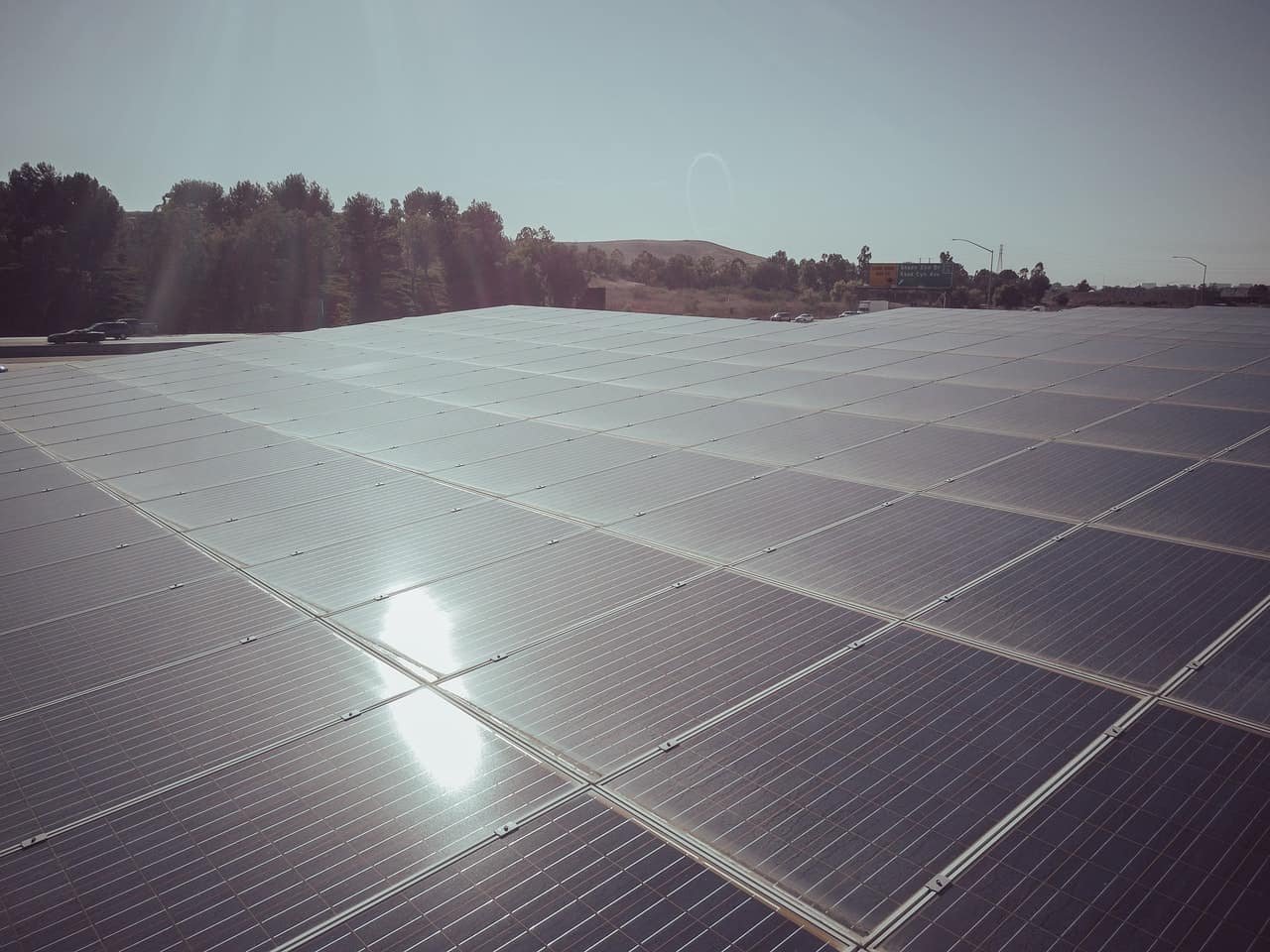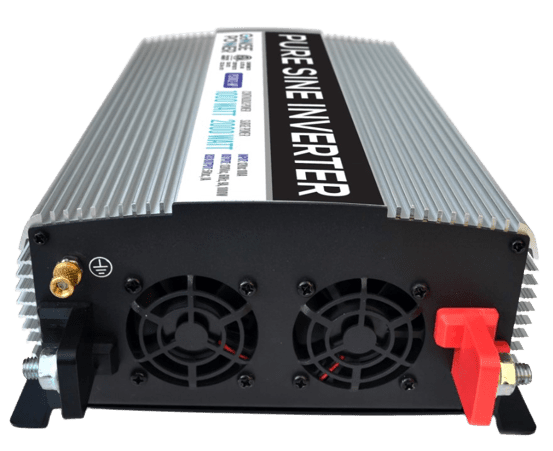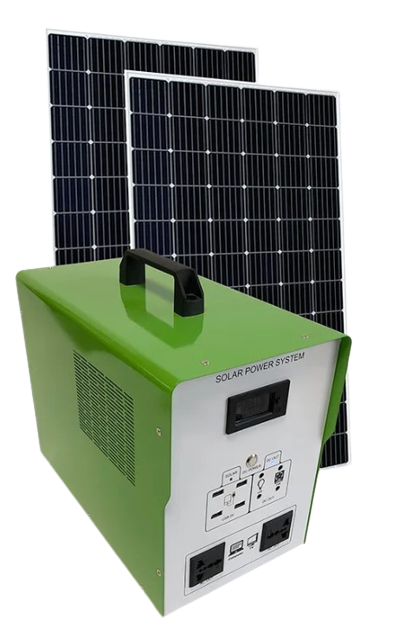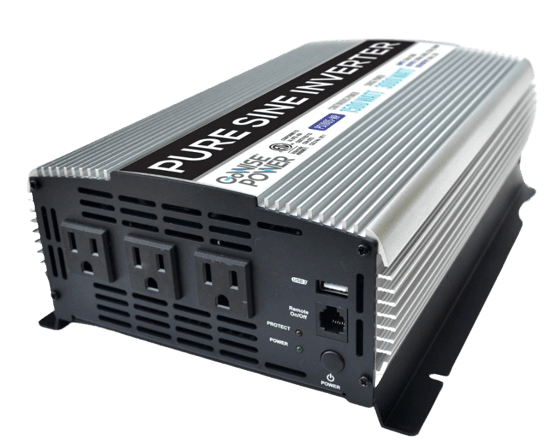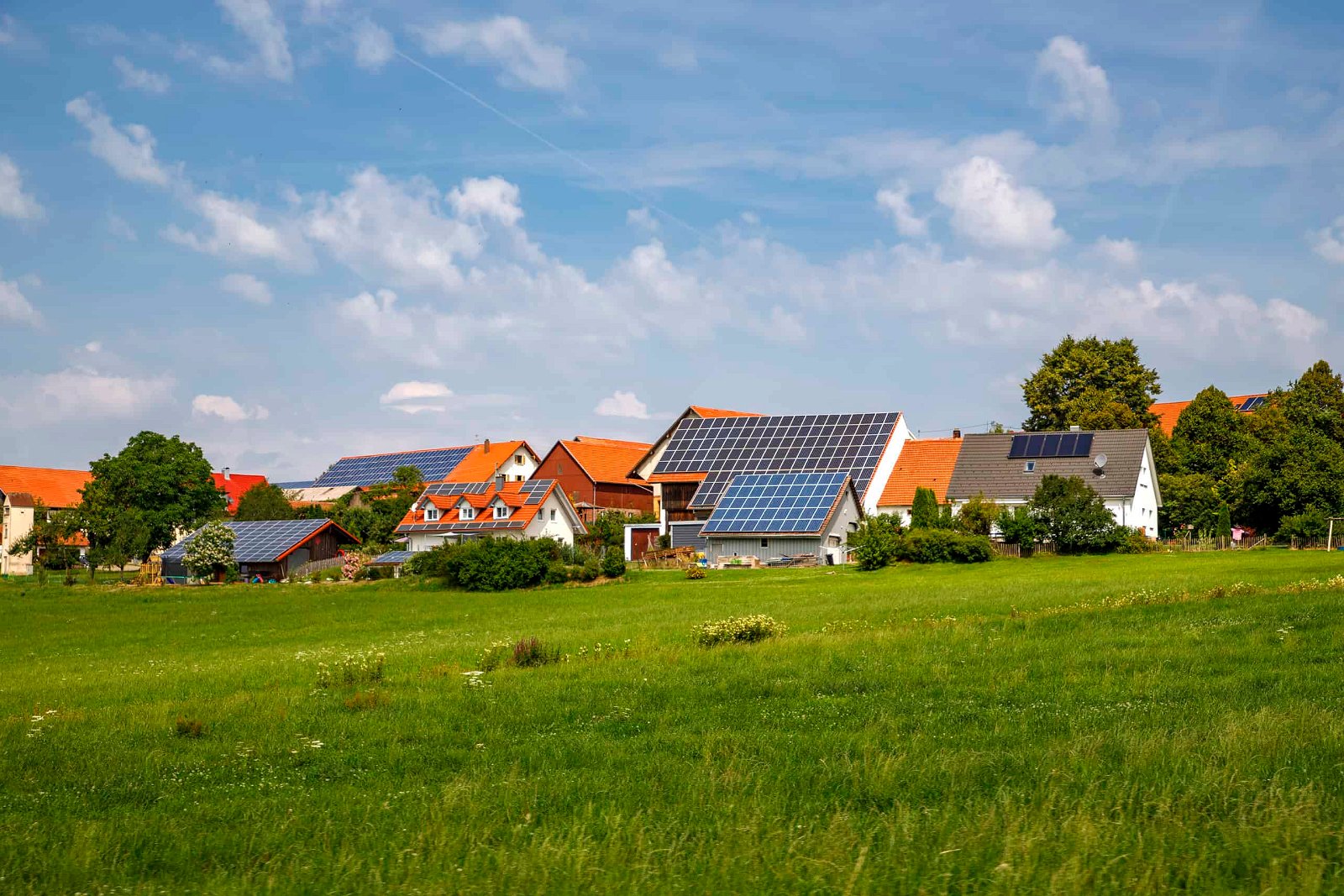So you have done your research and decided solar panels are something you would like to invest in. Maybe you have even picked out a few brands that you want to use. But have you calculated the cost of solar panels per watt to see if it really makes sense for your financial situation?
Many people break down the large initial cost into a different metric – the cost per watt of electricity produced. This can help you understand just how expensive your choices might be and highlight the value you can get out of a solar system.
Things That Affect Cost
Many factors influence the cost of solar panels and the rest of the equipment needed to create a functioning and legal solar system. Even if you hold all factors but one equal, you can still get significantly different costs.
This makes it even more important to properly do your research before jumping into the purchase.
Size
Perhaps the most obvious factor, the size of a solar system directly impacts the cost per watt. More solar panels mean that you will be paying more initially but can also increase your wattage which might make your future savings better. (1)
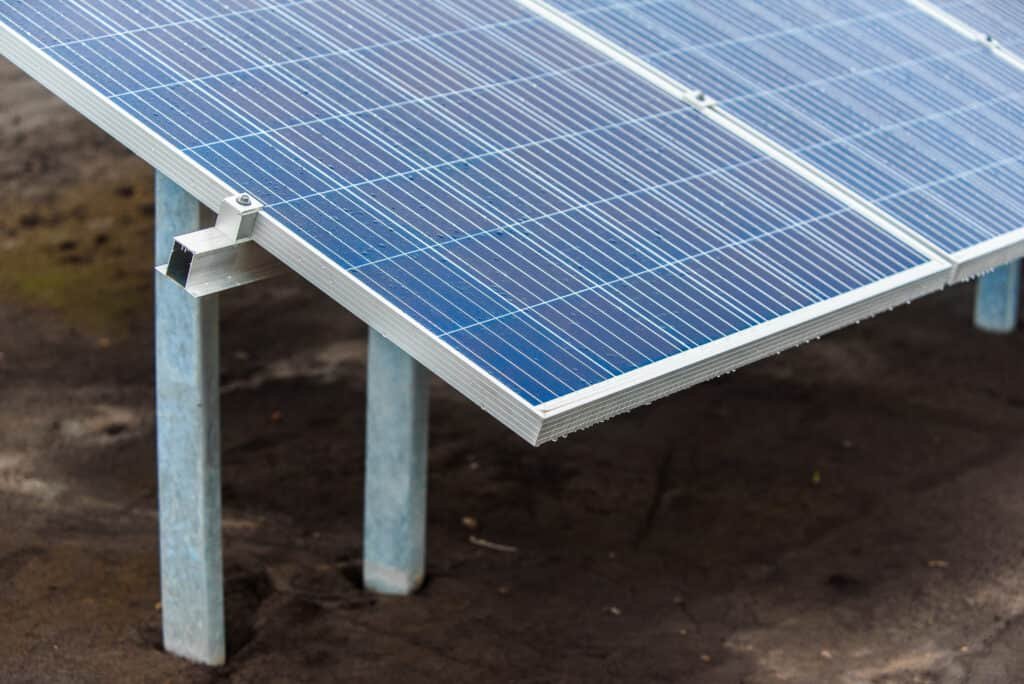
Be careful when considering a large solar system because you need to make sure that you have the space on your roof or property for all those panels. You may also need to think about additional equipment like multiple inverters or charge controllers that a smaller system can get away with just one.
Solar Panel Brand
Just like with any other product, competition within the solar industry means that different products will have different price tags. Big brand names might be much more expensive even though the materials and manufacturing are pretty much the same as cheaper, lesser-known brands. (2)
Type of Solar Panel
If you’ve done enough research that you are seriously considering a solar investment, then you should know that there are several kinds of solar panels and that some are more expensive than others.
Monocrystalline panels typically cost more than polycrystalline panels because they are more efficient, increasing the cost per watt. This can be true even if you create systems that will produce the same amount of watts.
Where You Live
Depending on where you live, you can see a higher cost per watt. This is a particularly complex factor because it has so many levels to it.
Some states may offer a greater tax incentive or rebate for those considering solar panels, lowering costs [although not the out-of-pocket costs]. (3) Others might require stricter permits and documentation than can cost you more not only in the principal amount but also in the time it takes for standard procedure to be completed [you’ll be paying the full amount of your energy bill the whole time you wait].
Your county and even the city you live in might offer further incentives like solar credits to bring the cost per watt of a new solar system down. However, you shouldn’t assume anything like that is guaranteed, and do your research to see what the policies in place are.
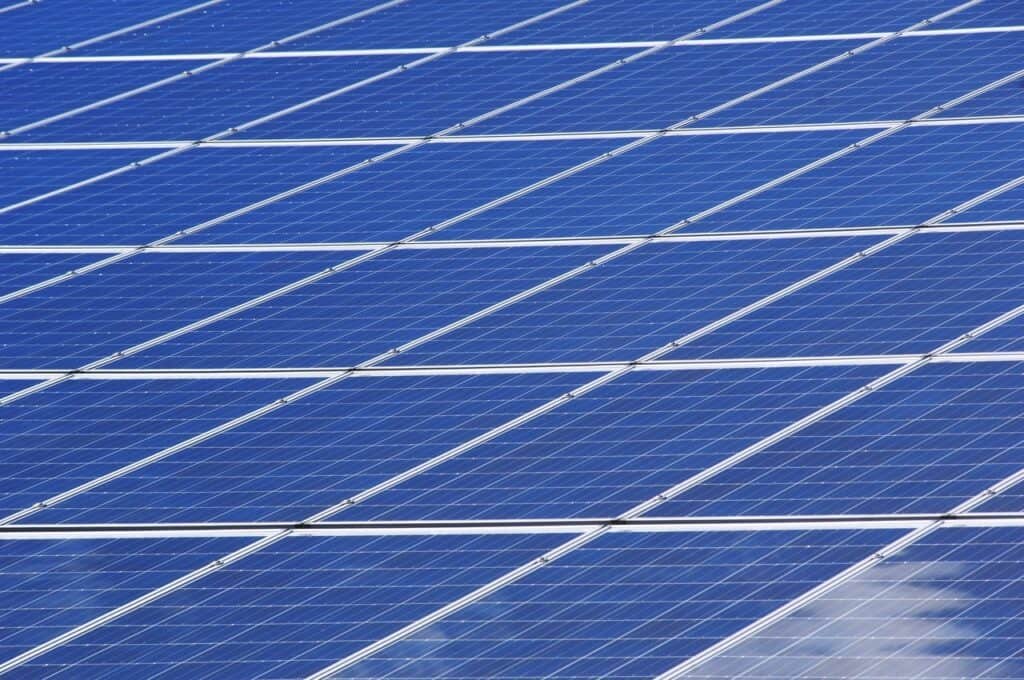
If you have an off-grid home on some property in the wilderness, you may not have to worry about some of these headaches. You will need to consider other costly parts like a sizable battery bank so that you will have power overnight and during bad weather.
Related Articles:
Solar Panel Incentives/Rebates
Solar Panel Installation Costs
How You Pay
When you buy solar panels, you own them, right? Unfortunately, it isn’t necessarily that straightforward. It may sound ridiculous but even how you pay for the solar panels can affect the resulting cost per watt.
There are three main ways that people finance the purchase of solar panels and the rest of the system: cash purchases, solar loans, and solar leases.
Cash purchases are the simplest way to own your solar panels outright. Assuming your system is designed to provide 100% of your energy needs, the hefty one-time payment is more justifiable.
You can think of it as paying for 20-25 years of electricity all at once since that’s usually how long solar panels and other parts last. By doing so, you tend to maximize your savings and lower the cost per watt as much as possible.
Solar loans are pretty much like regular loans. You get to buy the solar panels you need and will own the system but you’ll have to make regular payments to pay off the loan instead of paying for your electricity.
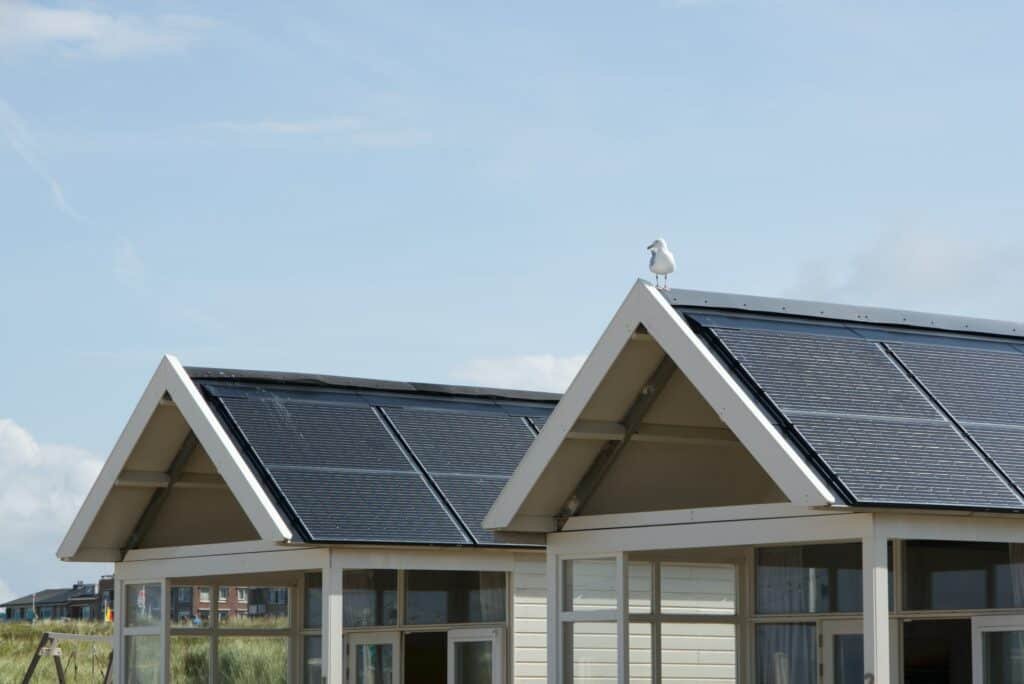
This can involve some interest on the principal amount but once it is paid off, you will still have effectively free energy for however many years your solar panels are still good for.
Finally, there are solar leases like community solar. (4) These are very similar to power purchase agreements (PPAs) where you basically sign a contract to buy solar power from a third-party provider to cover your energy needs.
Sometimes the contract will have a fixed price for the entire duration, anywhere between 10 and 30% below the going energy rate from the local grid. Take care to read the document fully because it used to be standard for the price to increase gradually over the lifetime of the contract.
The main drawback of solar leases is that you don’t own the solar system. However, this means that you aren’t responsible for any of the maintenance of the system either which can have costly repairs and replacements.
Installation
Many people think that they can install solar panels themselves to cut down on their cost per watt. While it is certainly possible, it is usually recommended to have a professional installer do it for you. (5)
This can save you the headache of applying for the appropriate permits and making sure everything is wired correctly and safely. Doing so will, of course, increase your cost per watt because of the installer’s professional, manual labor. You may also be restricted in what brands you can use as well.
Citations
- Utility Rate Database | Open Energy Information. (n.d.). https://openei.org/wiki/Utility_Rate_Database
- Solar Panels | Tesla. (n.d.). Tesla. https://www.tesla.com/solarpanels
- Homeowner’s Guide to the Federal Tax Credit for Solar Photovoltaics. (n.d.). Energy.gov. https://www.energy.gov/eere/solar/homeowners-guide-federal-tax-credit-solar-photovoltaics
- Community Solar Basics. (n.d.). Energy.gov. https://www.energy.gov/eere/solar/community-solar-basics
- Biermeier, D. (2022, November 15). How To Install Solar Panels. Forbes Home. https://www.forbes.com/home-improvement/solar/how-to-install-solar-panels/
